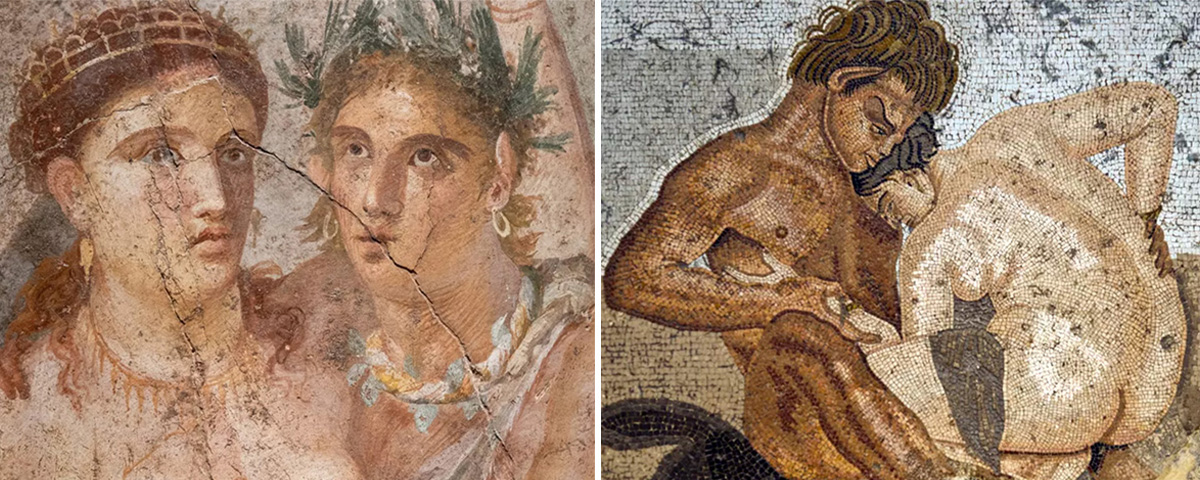
Archeologists spend long, strenuous days digging up dried-out bones and prehistoric hunting tools, so you can imagine the thrill that came with excavating a painting of a loincloth-wearing warrior sporting a circumcized, footlong erection. This was just the beginning of uncovering a litany of buried riches, too. There was a marble statue of a horned god fucking a goat; intricate mosaics of a lover’s embrace; cracked artworks of a man cheekily grabbing a woman’s boob.
This trove of erotic treasure was discovered in the late 18th century during the excavation of Herculaneum in an ancient Roman town whose ruins laid under volcanic ash for more than a millennium. In addition to lusty frescoes and sexy cave paintings, there were wildly inventive renditions of the humble penis. Massive, sword-like cocks were winged and ridden by angelic cherubs, and a series of small sculptures depicted men whose bulbous dicks are almost as big as their bodies.
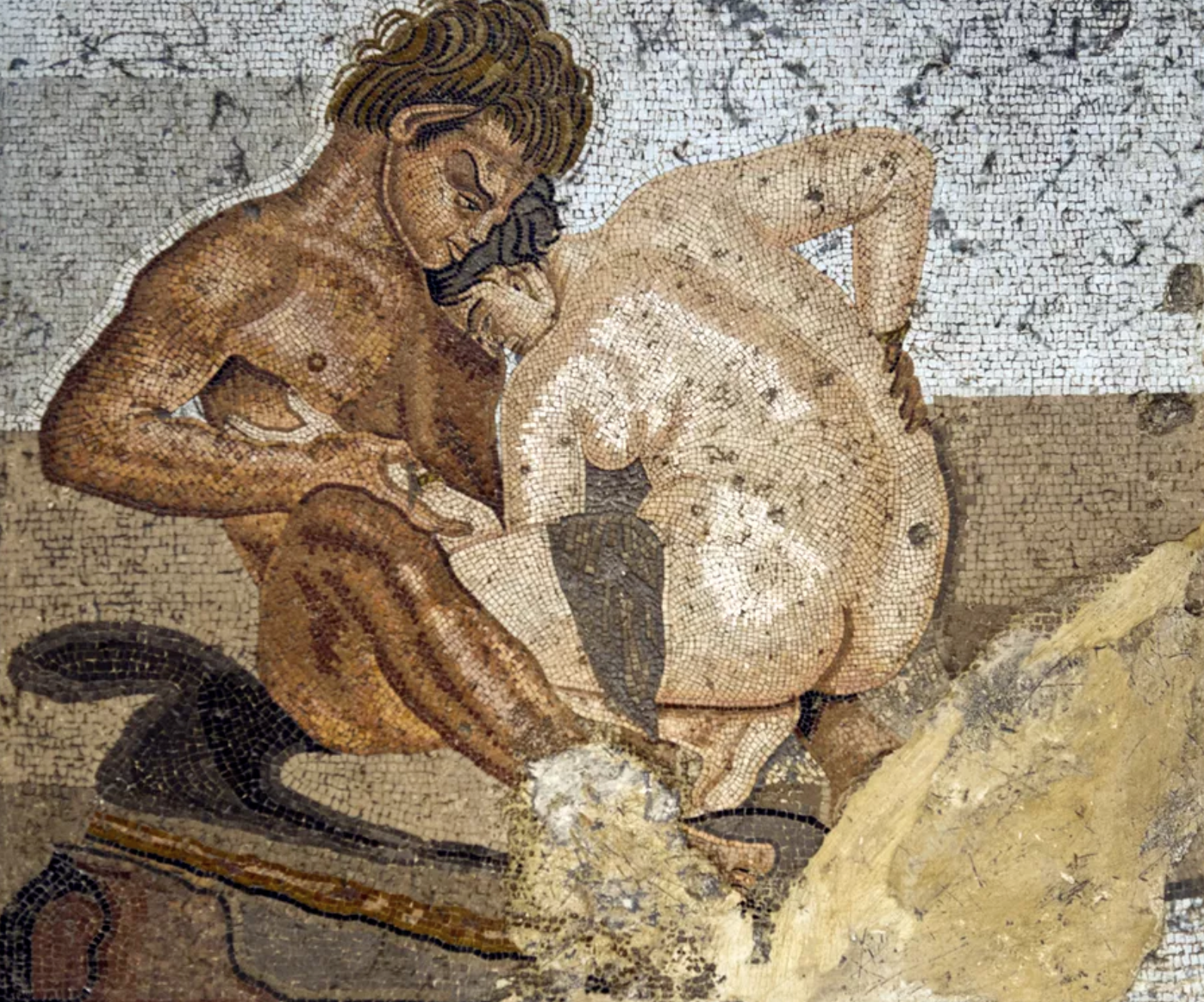
Similar findings were made in the excavation of Pompeii, but quickly deemed too scandalous for public view, so they remained stashed away in secret rooms of art museums. (This is obviously no longer the case.) In the polytheistic world of Ancient Rome, sex and nudity was a popular theme in artworks depicting bath houses, brothels and naked women straddled by swans. By the early 1800s, academics had flocked to view these phallic wonders and depicted them in detail, but two particular French scholars — whose names have vanished from the historical record — found their illustrated guide to these horny discoveries, entitled Herculaneum et Pompeii, caught in the midst of a 19th century U.S. scandal.
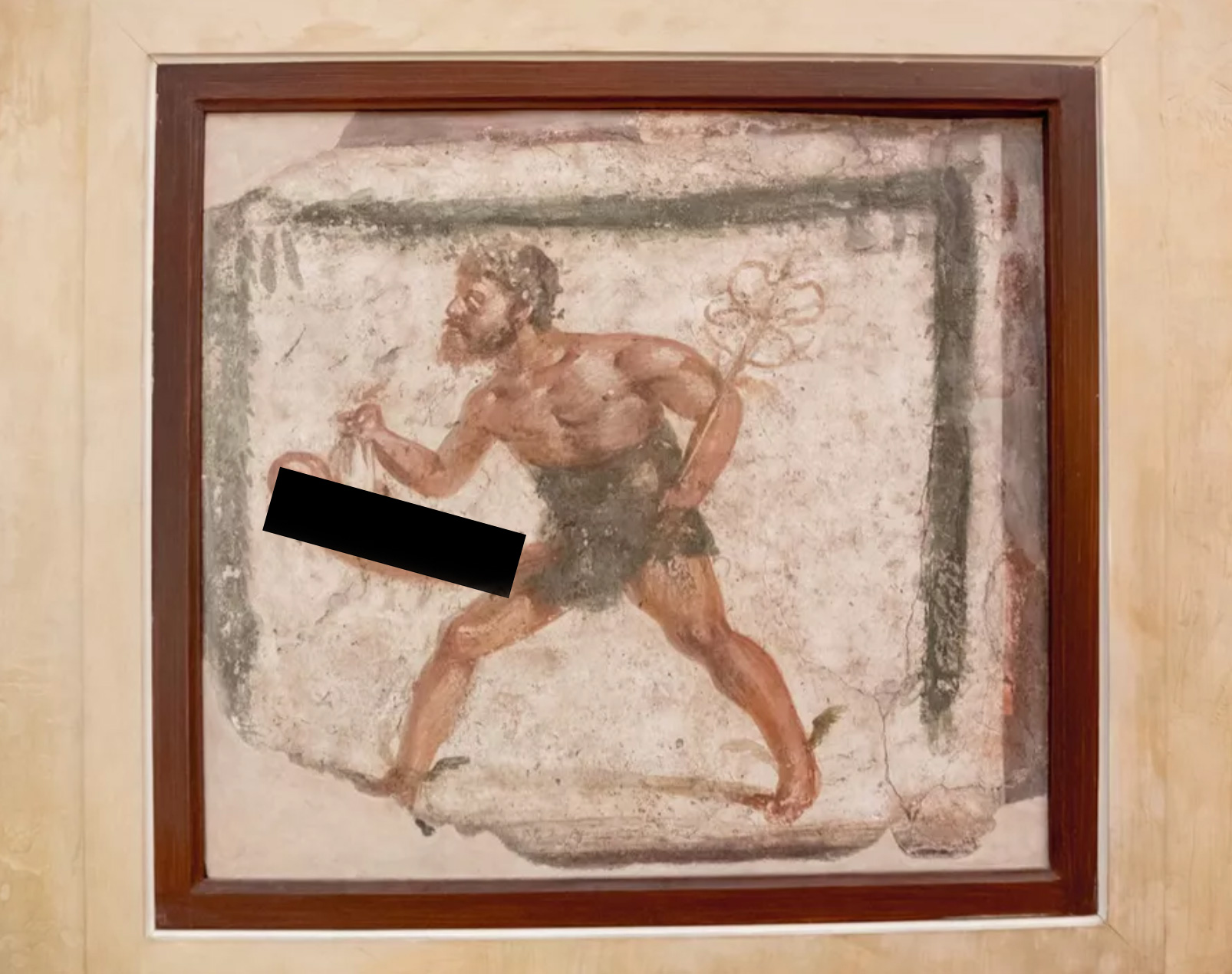
Author Donna Dennis dives into this scandal in her 2009 book Licentious Gotham: Erotic Publishing and Its Persecution in Nineteenth Century New York. It’s a roller-coaster ride through centuries of morality law and underground erotica, but one story in particular stands out for its widespread lack of coverage.
As Dennis outlines in chapter four of Licentious Gotham, the first nationally sanctioned book burning in the U.S. took place in 1847, after Federal Judge Samuel Bennett ordered the destruction of an order placed by a Philadelphia bookseller, including the aforementioned deep dive into the horny artworks of Ancient Rome.
According to Dennis, a law passed in 1842 had cracked down on imports of “indecent and obscene” pictures. Customs officials at New York ports sniffed through deliveries for the stench of immorality, occasionally striking gold. She details an 1843 case in which indecent photos were found buried in crates of toys, but it was the 1845 seizure of Herculaneum et Pompeii that truly scandalized the U.S.
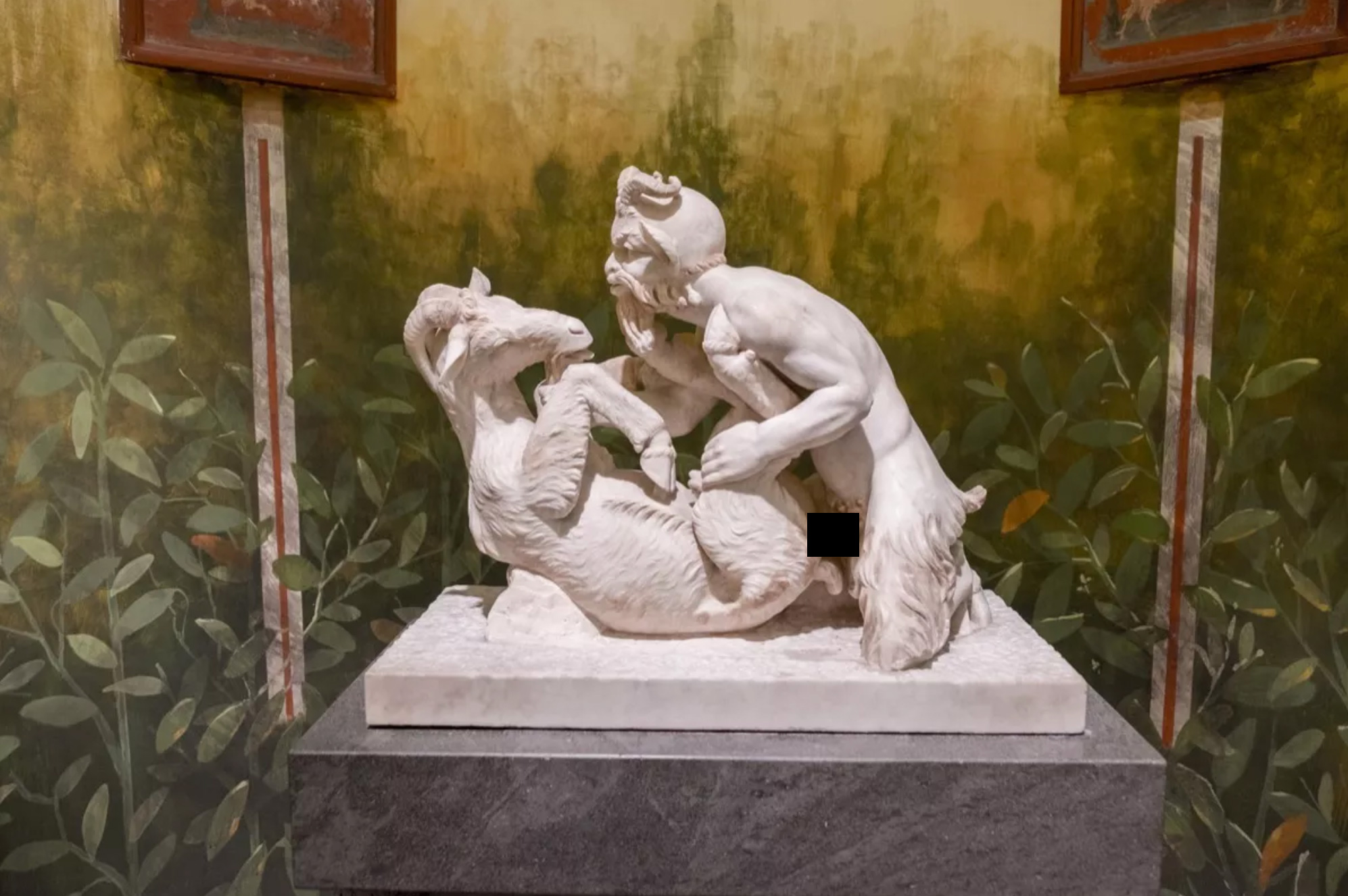
There’s little surviving information about the controversial book, which apparently featured detailed illustrations of the ancient world’s most risqué discoveries, but the bookseller insisted they were for academic use only. The judge didn’t buy this story, and ordered the fiery destruction of the book and its illustrated erotica. Hilariously, the then-king of Prussia apparently didn't get the memo — Dennis claims he actually gifted a pristine copy of Herculaneum et Pompeii to New York State in 1847, seemingly oblivious to the scandal.
Dennis describes a wider desire by lawmakers at the time to “blame … commerce in obscenity on purportedly corrupt, decadent Europe, and particularly France,” which is likely how these French scholars and their earnest investigation into the kinkiest corners of old-school art got caught in the crossfire of a longstanding war on impurity. Of course, horny pamphlets and underground erotica were already being published and distributed across the U.S., championed by dissident publishers defending the basic human right to jerk off with a little help.
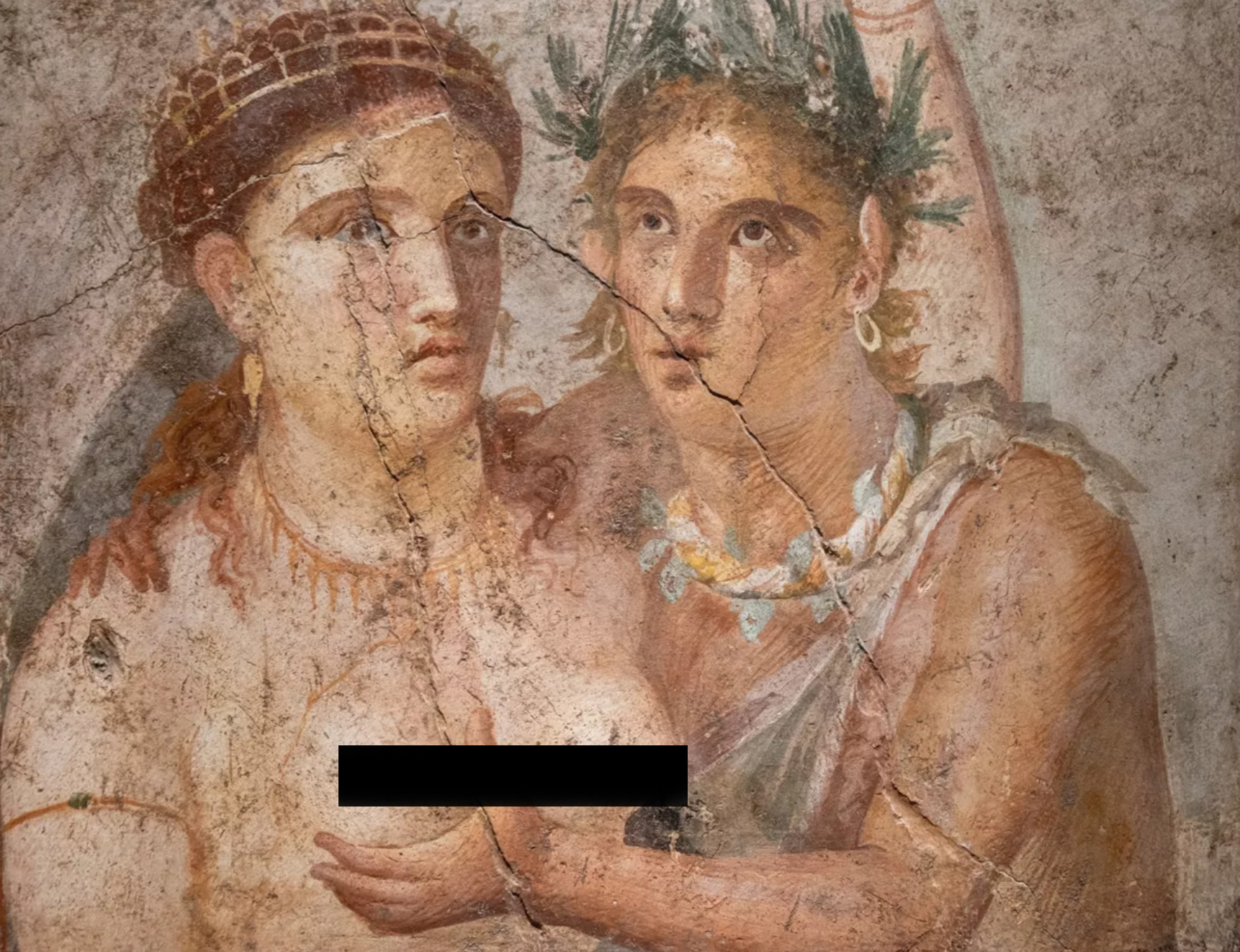
Legal definitions of obscenity shifted and expanded gradually throughout the 19th century, accelerated by notorious cock-blocker Anthony Comstock, whose Comstock Act also took aim at any material deemed to be promoting abortion.
The burning of Herculaneum et Pompeii was just the beginning to a wider purge of anything deemed obscene, but censors ultimately failed in their mission to scrub these works of erotic genius from historical memory. After all, today, the giant dicks and horned gods of Ancient Rome are just a click away.






0 Comments